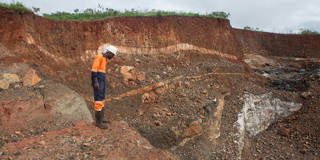
Africa Needs Mineral Security, Too
The European Union’s Critical Raw Materials Act, which seeks to expand access to essential minerals through African partnerships, must go beyond offering countries a larger role in local processing. Instead, it should help create a fairer model of mineral security that emphasizes affordability and self-sufficiency.
BRISBANE/BRUSSELS – On February 3-6, policymakers and industry leaders will gather in Cape Town for the annual Investing in African Mining Indaba. At the top of their agenda will be Africa’s reserves of critical minerals and how the continent can capitalize on their role in the global economy.